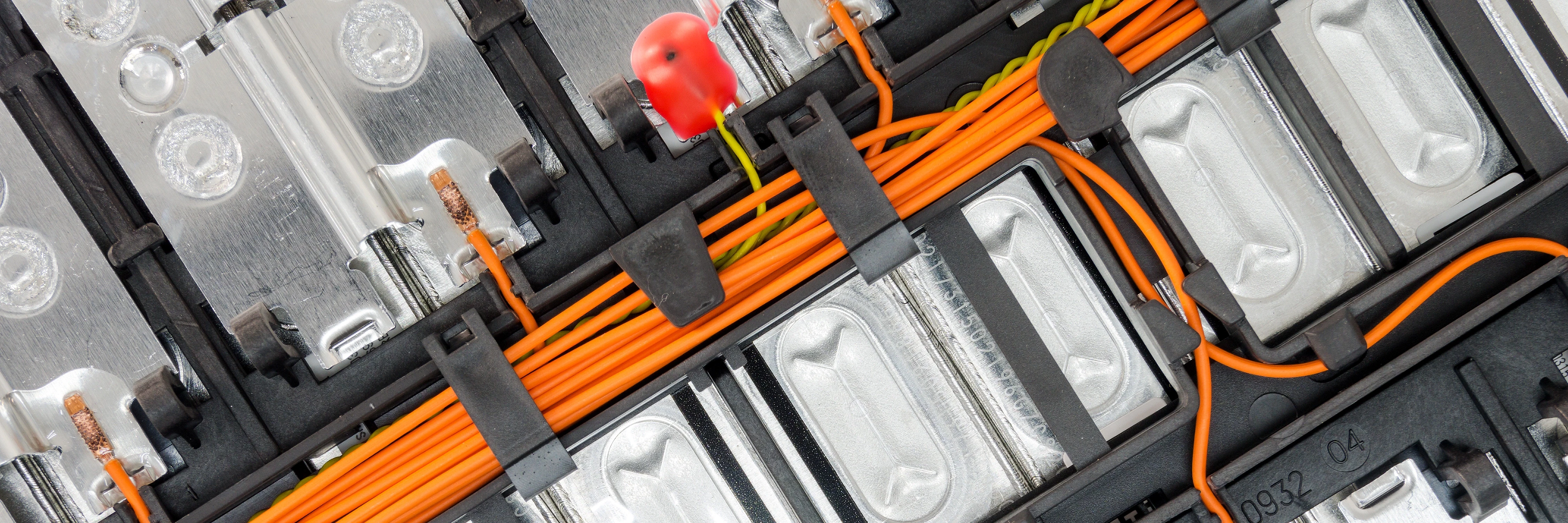The core of the electric vehicle, the battery, is made up of interconnected battery modules. These in turn consist of battery cells and are based on lithium-ion technology. The production of a lithium-ion battery cell is divided into three main process steps: Electrode manufacturing, cell assembly and cell finishing.
"Some manufacturers are currently still often working with stand-alone solutions in IT production control, which are focused on individual processes but do not represent a holistic solution for both upstream and downstream processes," explains Martin Heinz, management board of iTAC Software AG.
The iTAC.MOM.Suite manufacturing management system is capable of displaying all processes end-to-end. It supports both the mapping and the control and planning of the entire production process as well as traceability in a single solution.
Traceability, production control and optimization in one
"In the complex and challenging production of battery cells, materials are used that are difficult to process and, in some cases, highly dangerous. Continuous quality analysis and traceability are essential here to minimize risks, prevent errors and optimize processes," explains Martin Heinz.
The iTAC.MOM.Suite reporting tools, such as the iTAC.BI.Service and Quality Management, provide analysis and reporting functions for all product-related quality data. Thus, the quality of the electrodes is evaluated and analyzed throughout the entire process. Defects, such as holes that can occur in the coating production process, are documented, can be traced back, and can thus be sorted out in later process steps. Transparency in production is possible with both business intelligence and real-time dashboarding. This makes optimization potential visible.
"With end-to-end traceability and analysis of all production steps, compliance with quality and performance characteristics as well as all standards and requirements, manufacturers are on the safe side. At the same time, it is important to ensure high efficiency through well thought-out production planning in order to be able to meet the continuously increasing demand. In combination with the integrated Advanced Planning and Scheduling system (APS), optimized production planning based on actual and limited capacities is possible," explains Martin Heinz. This results in a holistic planning approach that integrates all resources (machine, processes, tools, material, staff) and ensures their optimal use.
The use of data analytics tools ensures that changes and anomalies are detected at an early stage, thus creating the basis for predictive quality control in battery production. In addition to the lithium-ion battery cell, other cell types can also be displayed in the iTAC solution.

